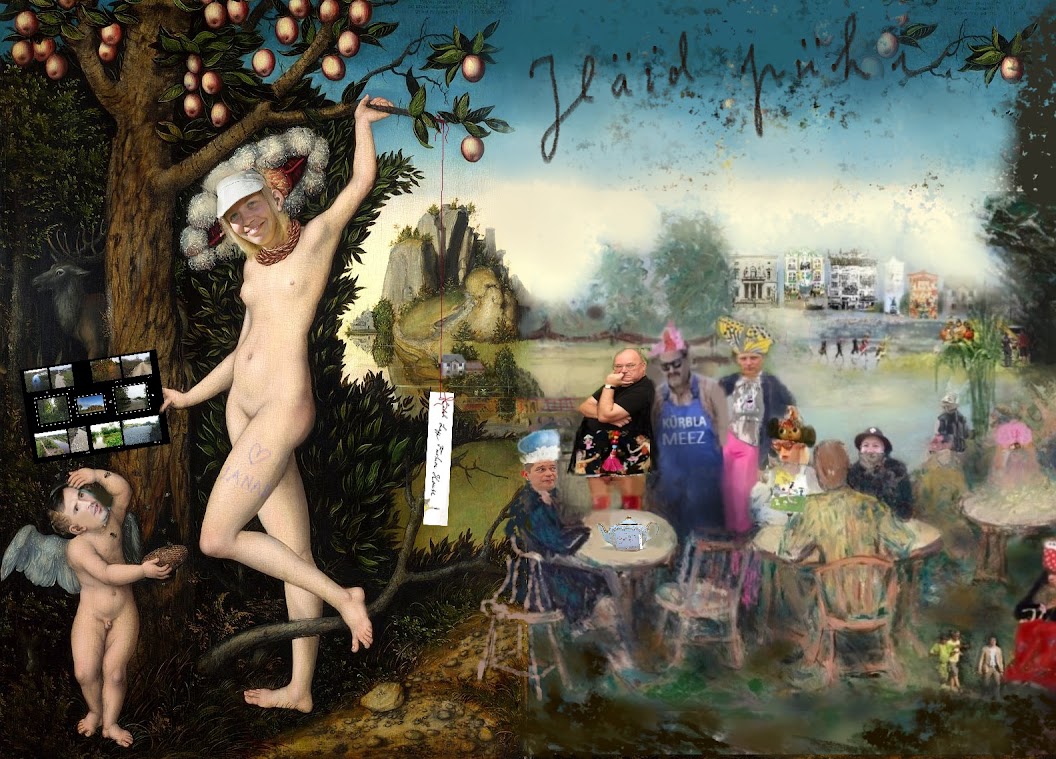KMKK_PRL_023 CUPID COMPLAINING TO VENUS
Not to be confused with Venus and Cupid with a Honeycomb.
Cupid Complaining to Venus is an oil painting by Lucas Cranach the Elder. Nearly 20 similar works by Cranach and his workshop are known, from the earliest dated version in Güstrow Palace of 1527 to one in the Burrell Collection, Glasgow, dated to 1545, with the figures in a variety of poses and differing in other details. The Metropolitan Museum of Art notes that the number of extant versions suggests that this was one of Cranach's most successful compositions.
/.../
Literary sources
The subject is inspired by Idyll XIX "Keriokleptes" ("The Honeycomb Stealer") attributed to the Ancient Greek poet Theocritus, in which Cupid complains of the painful stings inflicted by the small insects, and Venus laughingly compares them to the bittersweet darts of love shot by Cupid himself. The text was first translated into German in the 1520s, and the subject may have been suggested to Cranach by a German patron. To the top right is a Latin inscription painted with black words directly on the blue sky, making it difficult to read, but also suggesting this may be the earliest version of the painting, as later versions place the inscription on a white panel. The four line inscription is taken from Latin translations of Theocritus, variously attributed to Ercole Strozzi and Philip Melanchthon or to Georg Sabinus, which reads:
Latin text Reconstruction English Translation
DVM PVER ALVE[...] IN C[...]
FVRAN[...] DIGITVM CV[...]IS
SIC ETIAM [...] BREVI[...]TA
QVAM [...]IMVS TRI[...]T[...] DOLOR N[...]ET
DVM PVER ALVEOLO FVRATVR MELLA CVPIDO
FVRANTI DIGITVM CVSPIDE FIXIT APIS
SIC ETIAM NOBIS BREVIS ET PERITVRA VOLVPTAS
QUAM PETIMVS TRISTI MIXTA DOLORE NOCET
As Cupid was stealing honey from the hive
A bee stung the thief on the finger
And so do we seek transitory and dangerous pleasures
That are mixed with sadness and bring us pain



Kommentaarid
Postita kommentaar